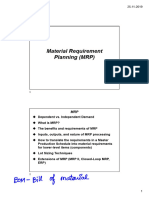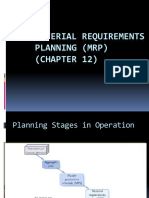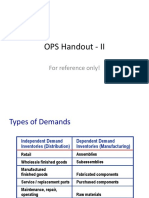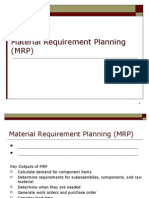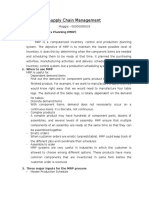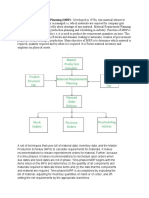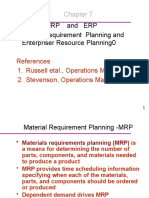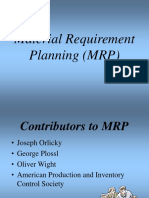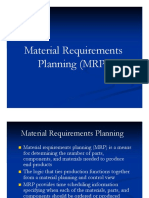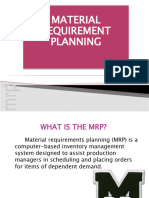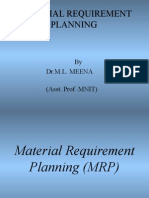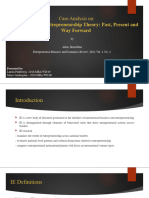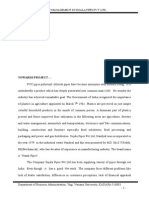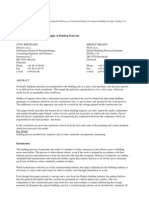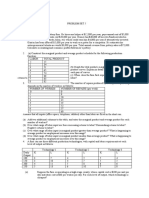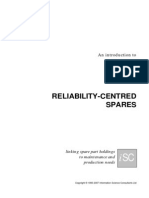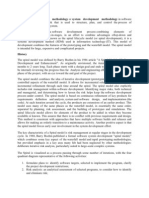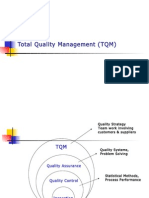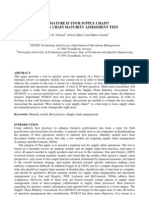0% found this document useful (0 votes)
35 views69 pages8-Operations Resource Planning
The document provides an overview of material requirements planning (MRP) and related concepts. MRP is a tool that uses a bill of materials and master production schedule to determine material requirements and plan order releases. It calculates gross requirements, projected inventory, open orders, net requirements, planned order receipts, and planned order releases. The example demonstrates how MRP logic works by planning for the requirements of parts A, B, C, and D based on the master production schedule for part A.
Uploaded by
ayomi6515Copyright
© © All Rights Reserved
We take content rights seriously. If you suspect this is your content, claim it here.
Available Formats
Download as PPTX, PDF, TXT or read online on Scribd
0% found this document useful (0 votes)
35 views69 pages8-Operations Resource Planning
The document provides an overview of material requirements planning (MRP) and related concepts. MRP is a tool that uses a bill of materials and master production schedule to determine material requirements and plan order releases. It calculates gross requirements, projected inventory, open orders, net requirements, planned order receipts, and planned order releases. The example demonstrates how MRP logic works by planning for the requirements of parts A, B, C, and D based on the master production schedule for part A.
Uploaded by
ayomi6515Copyright
© © All Rights Reserved
We take content rights seriously. If you suspect this is your content, claim it here.
Available Formats
Download as PPTX, PDF, TXT or read online on Scribd
/ 69



